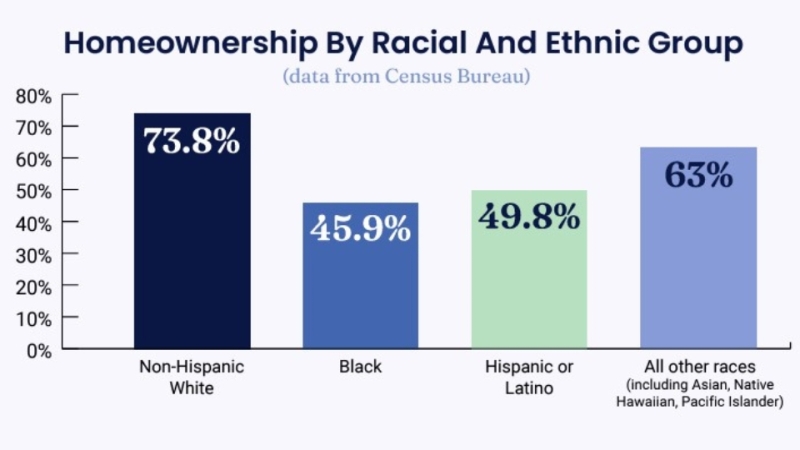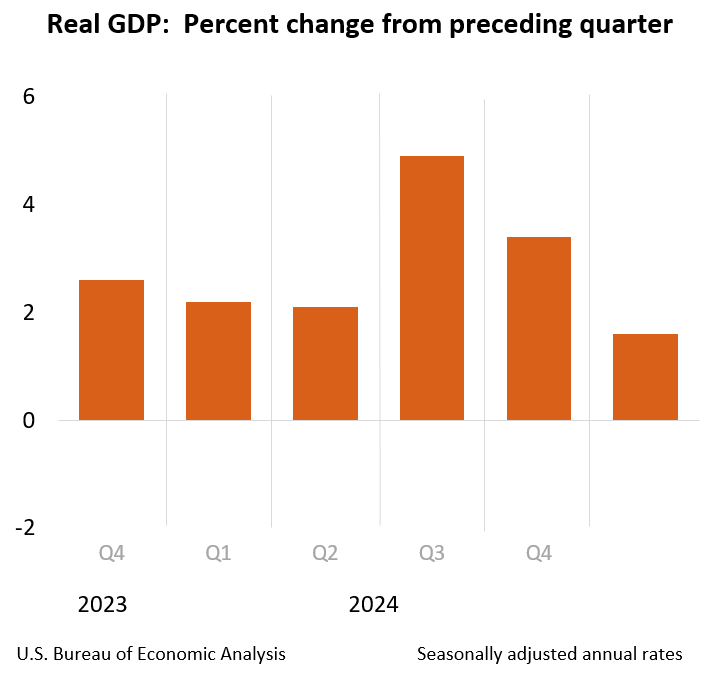Advertisement
The emerging credit score market
'ARM' yourself for the mini-refi boomJoe Amorosoadjustable-rate mortgages, refinance
I read a terrific article in The New York Times called "Variable
Loans Help to Put Off Mortgage Pain," (July 23, 2006) which
explored the first big wave of mortgage refinancing we can expect
to see in the next couple of years, as millions of adjustable-rate
loans hit their first resets.
When faced with upward payment resets, borrowers usually
consider refinancing to a fixed-rate product or simply adjust their
monthly budget to accommodate the higher payment. But according to
the Times, there is also another interesting phenomenon going on in
the current rate and home price environment. Borrowers will be
refinancing, but they'll be sticking with adjustable-rate products
to keep their payments as low as possible. In fact, some borrowers
are now refinancing with their second or third adjustable-rate
mortgage (ARM).
A May 2006 analysis by the Mortgage Bankers Association of
America shows that ARMs currently account for 30 percent of all
loans, and in markets where home prices have skyrocketed, ARMs make
up nearly 50 percent of the mix.
According to San Francisco-based LoanPerformance, a firm
specializing in mortgage finance and securities risk management,
about five percent of all outstanding mortgages will readjust for
the first time this year, and in 2007, another anticipated $1
trillion in loans will reset. That's a pretty big enchilada and a
great source of potential revenue for you to tap.
As a broker, how do you capitalize on this intriguing trend and
ensure that you capture a slice of the mini-refi pie? For borrowers
interested in extending the lowest payment possible, there is a
stable of good options. Let's examine a few ARM products under this
umbrella - both alt-A and sub-prime - that address these borrowers'
specific concerns.
Alt-A
For financially disciplined borrowers with strong credit scores who
are looking for the most flexibility, the newest 5/25 option ARMs
with alt-A document types give borrowers the stability of a fixed
rate for the first five years. During the first five years of the
loan, the borrower will have four payment choices every month,
allowing him to submit interest-only payments as low as three
percent below the note rate. At the end of five years, the loan
still offers a five-year interest-only period, which may negate the
need to refinance with future adjustments in the borrower's
rate.
Other borrowers, with scores typically above 620, may want to
examine the full line of alt-A ARM options, which ranges from 2/6
to 7/6. (Remember that these loans adjust at index, plus margin, at
the time of adjustment.) After the fixed period, the initial first
adjustment could be anywhere from two to six percent more than the
original rate. Generally, these programs allow for full; limited;
stated income, verified asset; no income, verified asset; stated
income, stated asset; and no income, no asset document types.
In addition, these products often have interest-only options for
the first 10 years and, generally, those able to qualify for fully
amortized products also qualify for these types of loans.
Sub-prime
Among this segment of borrowers, we're likely to see the greatest
demand for refinancing. They are looking at large rate adjustments
(in the range of two to five percent) over the coming months. No
matter what the market has done, there can be no downward
adjustment, as typically, the floor rate is the same as the initial
note rate.
One outdated theory worth mentioning here is "once sub-prime,
always sub-prime." That's no longer the case. With scores down to
620, alt-A may be the right move for many of these borrowers who've
demonstrated financial discipline for the life of their old loans.
Also, they may now fit into a conforming product. However, if
sub-prime is still the best choice, ARM options in this category
include 2/28 and 3/27.
These products also have an interest-only option, with higher
minimum scores; but, in sub-prime, this option is only available
for the first five years of the loan.
As always, I feel that mortgage originators have a fiduciary
responsibility to place the borrower in the very best program for
his situation. This is critical not only for the borrower, but also
for your repeat business and to ensure the ongoing integrity of our
industry.
For all borrowers interested in taking advantage of the
industry's newest ARM options, it's in their best interests - and
yours - to explore the full range of products and not exclude any
because of their preconceived notions. In this space last May, I
wrote about how non-conforming loan products could be a better
option, even for borrowers with solid credit scores and
well-documented incomes. Often, non-conforming products offer
better product options and terms than conforming ones.
The smartest way to approach the mini-refinancing boom is to
provide your customer with the best loan with the best rate for his
particular situation, regardless of whether that loan falls into
the conforming or non-conforming bucket.
Joe Amoroso is senior vice president of Opteum Financial Services. He may
be reached by e-mail at [email protected].
About the author





